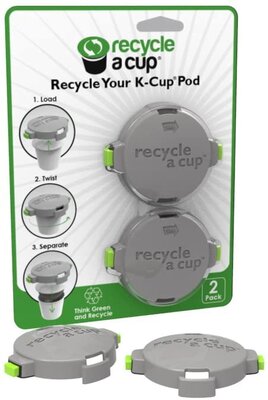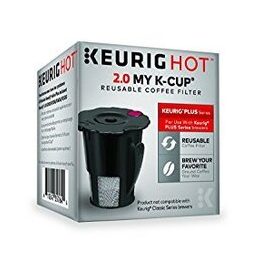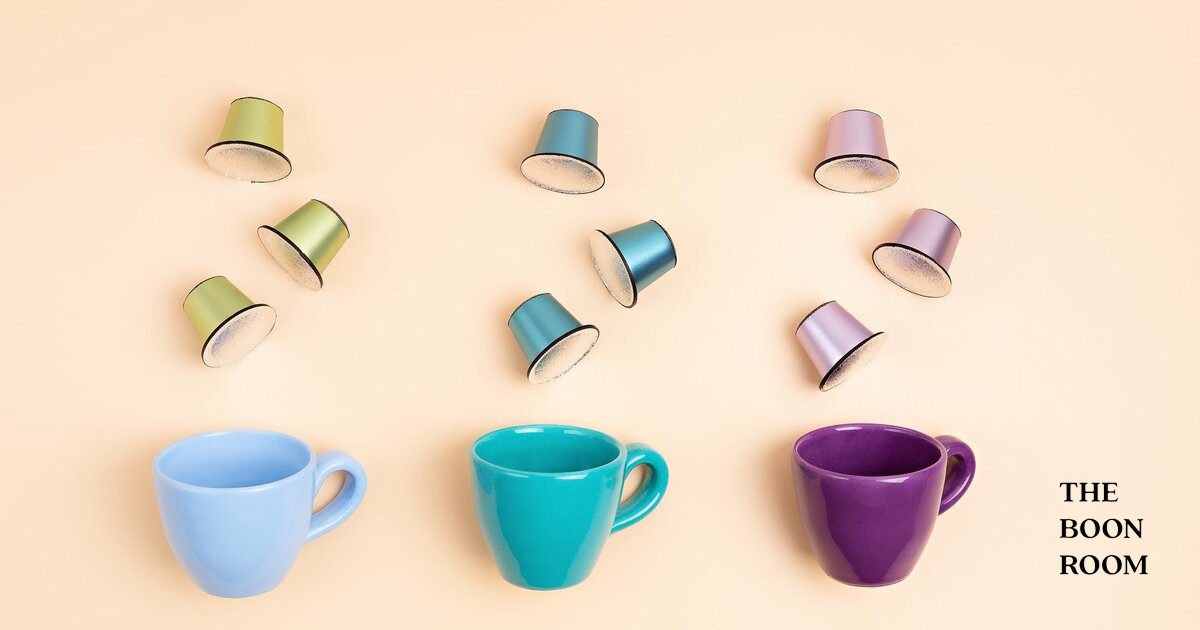 Photo from Getty Images
Photo from Getty Images
Originally Posted On: https://theboonroom.com/sustainability-ideas/recycling-coffee-pods/
Drinking coffee is a morning ritual. Whether it’s espresso or blonde roast, extra cream or no sugar—everyone has their version of the perfect cup. That’s what’s so great about coffee. Single-cup coffee makers, hugely popular in the US, are common kitchen staples. They are convenient, allowing coffee drinkers to enjoy a single cup instead of a full pot. Yet, single-cup coffee makers produce a large amount of waste. Billions of single-use coffee pods are thrown away every year, ending up in landfills and adding to the current pollution problem.
What most people don’t realize is that many of the materials used to make K-Cups and other single-use pods can be recycled after use. If you’re looking to reduce the effect your coffee ritual is having on the planet, here’s everything you need to know about recycling single-use coffee pods and some other frequently asked questions.
Can You Recycle Coffee Pods?
Yes! Contrary to popular belief, K-Cups and other single-use coffee pods can be recycled. However, keep in mind that this is only possible if you empty them of their contents and ensure the plastic is accepted by your local recycling facility.
First, check to see if the plastic portion of your coffee pod is recyclable by searching for the recycling sign (a triangle composed of three arrows) containing a number from 1 to 7. The leftover coffee grounds can be composted or discarded. The filter can be rinsed then recycled or composted with the coffee grounds.
Which Plastics Can Be Recycled?
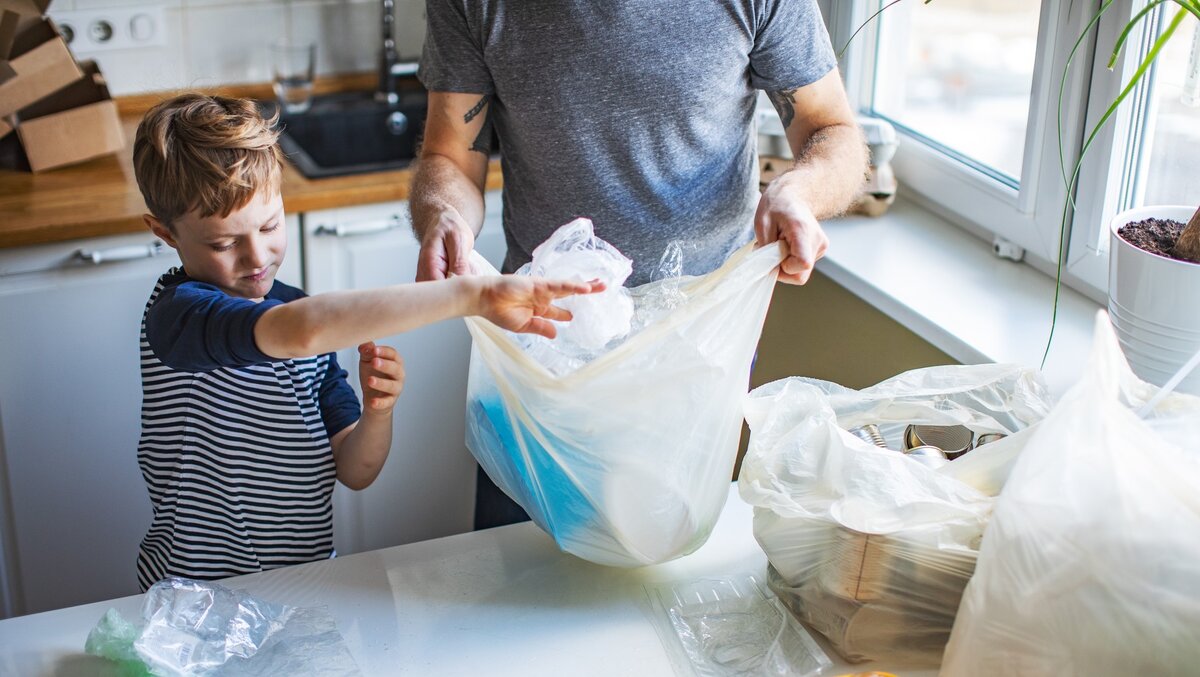 Photo from Getty Images
Photo from Getty Images
Every kind of plastic is categorized by the numbers 1 through 7, depending on their construction. Plastic can be made from a varying number of materials, including anything from plant-based substances to harmful chemicals. That’s why certain plastic materials may not be accepted by a local recycling facility. They may not have the capability to recycle plastic containing potentially harmful chemicals.
Most single-use coffee pods are made of either #5 or #7 plastic. #5 plastic products consist mostly of polypropylene, a lightweight but tough material often used for applications that involve moisture. #5 plastics made of polypropylene can be recycled. On the other hand, plastic products characterized as #7 are products that are not constructed from any of the substances classified as a #1-6 plastic.
Due to their unknown nature, some of the substances that are used in #7 plastics can be potentially harmful, which is why many areas will not accept them if they are in your recycling bin. #7 plastics are not recyclable in most places. However, recycling guidelines are different in every city, so it’s best to do your research to see if your facility takes #7 plastics.
How to Recycle Nespresso Pods/K-Cups
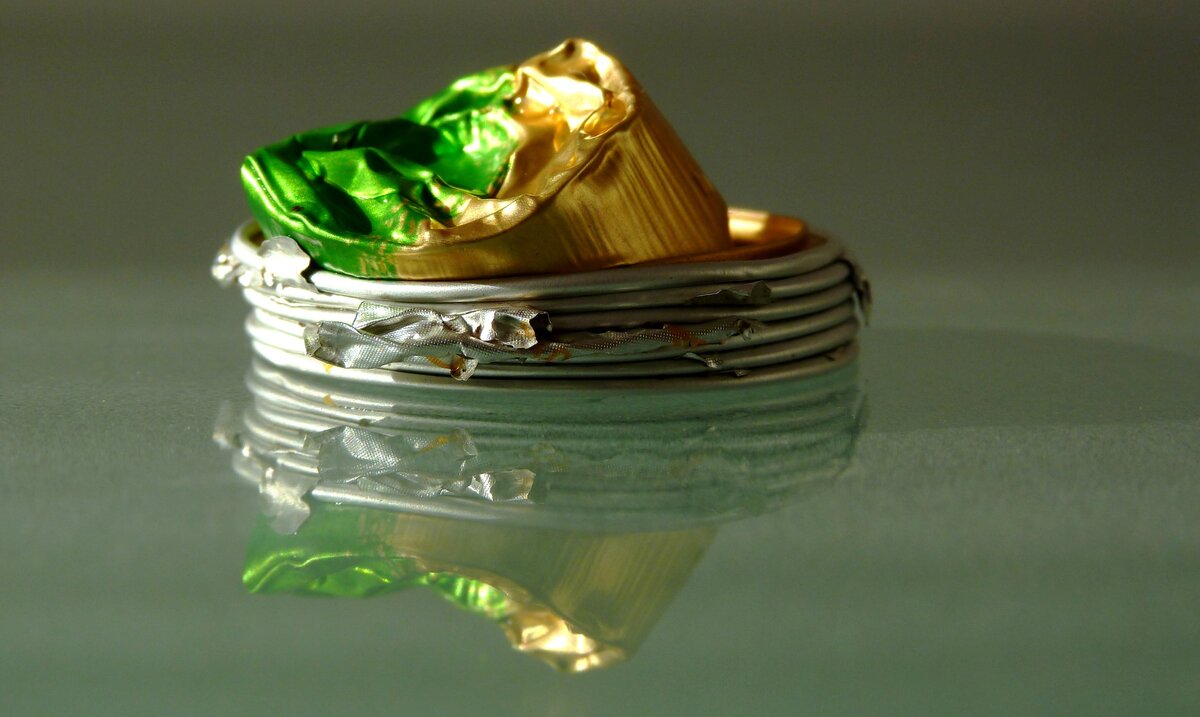 Photo from Getty Images
Photo from Getty Images
Recycling most single-use coffee pods isn’t as difficult as most think. Here are some of the most common ways to recycle your single-use coffee pods:
1. Separate by Hand
Unfortunately, most single-use coffee pods cannot be recycled in their original state. However, they can be recycled if the used contents inside the pod are removed as indicated above. Your average K-Cup or Nespresso pod consists of some sort of plastic on the outside designed to protect the grounds. The plastic part of the pod needs to be separated from the filter and grounds.
To recycle your single-use coffee pod, wait for it to cool after brewing to avoid burns and other unwanted complications. Then, peel the foil or plastic covering off the pod. From there, you can either toss or compost the used coffee grounds. Next, you will need to separate the paper filter from the plastic by either tearing or cutting it away from the plastic.
At this point, you can either compost the paper filter or rinse it. The plastic part can then be recycled, too. Again, make sure to check the kind of plastic that makes up your K-Cup before putting it in your recycling bin. Simply find the recycling symbol and identify the number inside.
2. Send K-Cups Back to Keurig
If you’re an avid Keurig user, you should know that the company is not only in the process of making all their coffee pods recyclable, but they also run a program where people can return their used K-Cups to the company for recycling. To participate, you can go to their website to request a K-Cycle box to collect used coffee pods.
Once you choose the size of your box and receive delivery, all you need to do is brew your coffee and toss each pod in your K-Cycle box. When the box is full of used K-Cups, send it back to Keurig and they’ll recycle the pods by turning them into compost and other recycled materials.
3. Use a K-Cup Cutter
Another convenient way for coffee lovers to recycle their single-use coffee pods is by buying and using products that are made specifically to make the recycling process easier, such as the Recycle a Cup Cutter.
This nifty tool swiftly helps to remove the paper filter from the plastic pod with a simple twist. With a tool, the recycling process is a lot quicker than separating the cups by hand, and you may find you are more likely to recycle.
Why Recycle Coffee Pods in the First Place?
In 2020, surveys found that almost 40% of people in the United States have a single-use coffee maker, like a Keurig or Nespresso machine. That means that millions of people across the country use a plastic pod and then discard it. Worse, the plastics in most single-use pods do not degrade over time and can leach chemicals into soil and water, leading to an issue that will affect the earth for years to come.
Billions of single-use coffee pods now sit in landfills around the world. As pollution and climate change worsen, it is our responsibility to try and make responsible choices whenever we can in order to preserve the health of the planet. For most of us, taking an extra second to recycle your coffee pod is a great place to start.
Can I Put Nespresso Pods in the Recycling Bin?
Nespresso Pods and K-Cups cannot be recycled if they are left whole and put in the recycling bin after use. All single-use coffee pods can only be recycled if their contents are separated, as coffee grounds cannot be recycled.
Is There a K-Cup Recycling Program?
As previously mentioned, Keurig brand users can access a program called K-Cycle. The popular brand runs K-Cycle as a recycling program where people can collect their used K-cups in a box given to them by Keurig. Once the box is filled, the user can send the box back to Keurig for recycling.
What Parts of the Coffee Pod Can Be Composted?
Once you have separated your Nespresso pod or K-Cup into its main parts, you can compost both the coffee grounds and paper filter if you want. However, do not put the plastic portion in your compost heap. That must be recycled using one of the methods listed above.
Why Won’t My City Recycle My Pods?
Unfortunately, some plastic types, including #7 plastics, are not recyclable in certain places. Many local recycling companies don’t accept #7 plastics because they are difficult to recycle into usable materials. This is because #7 plastics may contain potentially harmful substances and have a small market even if they are able to be transformed. Double check the types of plastic your single-use coffee pod contains before putting it in your recycling bin.
Is There a Sustainable Swap for Single-Use Coffee Pods?
Yes! If you don’t want to go back to using a basic coffee pot or drip coffee machine, consider using reusable coffee pods in your Keurig or other single-cup machine.
My K-Cup® Universal Reusable Coffee Filter
These reusable pods can be filled with coffee grounds before each cup and used the same way as a regular pod. Then, instead of disposing of the exterior shell, the user simply tosses or composts the coffee grounds and rinses the reusable pod. In fact, Keurig even sells their own version.
Are There Ways to Repurpose Used Coffee Pods?
Some people prefer to repurpose their old K-cups and Nespresso pods to try to give them a second life. If you’re feeling creative, try one of these unique solutions:
1. Seed Starters
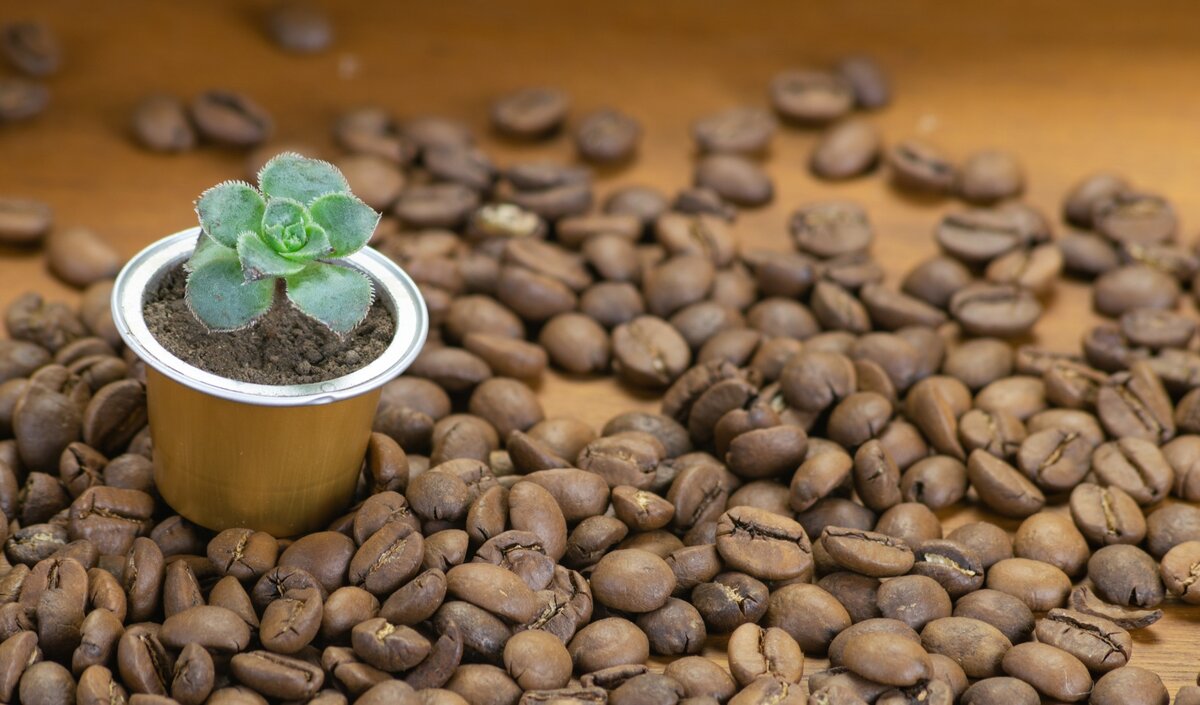 Photo from Getty Images
Photo from Getty Images
One great idea that gives your old coffee pods new life is using them as seed starter containers. Planting your seeds separately is beneficial in the beginning of the growing process. Plus, these plastic pods make a great vessel to easily transfer your plants once they begin to sprout.
2. Kids Crafts
If you have kids, using empty plastic pods can come in handy for a variety of different crafts. You can fill them with paint, glitter, and other fun materia. Turn them into stamps or draw faces on them.
3. String Lights
The plastic part of your coffee pods make the perfect addition to string lights. Find cheap string lights almost anywhere, especially during the holiday season. Use the hole your coffee maker creates and push a bulb through the bottom of a pod to craft a unique miniature shade for your leftover lights.
Start Small—Recycle or Replace Your K-Cups
Though convenient, the amount of plastic waste that comes along with single-cup and single-use coffee pods is immense. That’s why it’s so important to recycle them. By checking the kind of plastic your coffee pods contain and recycling when possible, you’re cutting back on adding plastic to the growing plastic waste problem.
You can have an even larger impact by switching to a reusable pod and avoiding plastic waste altogether. Alternatively, consider returning to a traditional drip coffee pot with recyclable filters. Or, consider a French press, which is the method of choice for many all over the world. The press helps create an earthy, rich taste in your daily cup of coffee.
